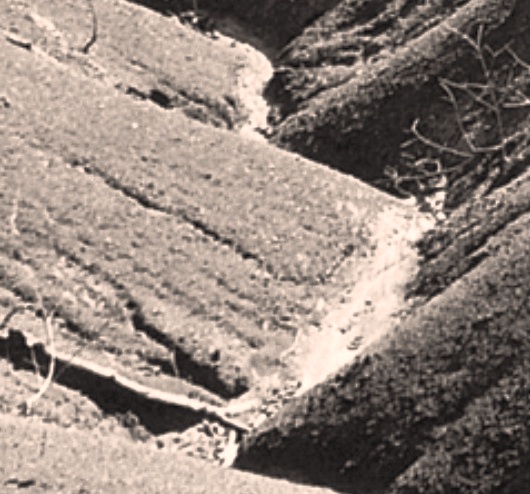PH of Black Cotton Soil
Dear reader, in this blog we usually deal with soil in respect of civil engineering construction considering bearing capacity, shear strength, slope stability, settlement characteristics. But the ancient use of soil is agriculture. Then soil didn’t treated by fertilizers. But now-a-days, for better productivity, application of fertilizers is very common.
We are discussing this, as fertilizers can change some properties (chemical) of soil. Our concern here is black cotton soil. The soil that supports tomorrow a structure may be now treated as agricultural field. So we have to consider these, as PH of these soils is sensitive to particular fertilizers.
Like physical properties, black cotton soils shows consistency in chemical properties irrespective of formation of these problematic soils. Different researchers had worked on this soils namely, Hoskings 1963, Barde and Roy, 1962, Jewitt, 1979, Munro and Virgo 1978.
They examined black cotton soils of India, Sudan, Ethiopia, many other regimes of Africa and Australia and concluded that PH of these soil vary from 7.5 to 8.5 within soil profile.
Now why are PH formed in black cotton soil? This is attributed to availability of CaCO3, presence of high percentage of bases, predominantly of magnesium and calcium in soil profile.
The properties of high PH, leads to gaseous loss when urea and fertilizers having ammonium compounds are used in soil surface. The released gas is ammonia (as per Terman in 1979 and Sahrawat 1980).
In some region exchangeable sodium is accumulated over soil surface; if the soil is black cotton soil having high clay content (obviously high montmorillonite content), the PH reach up to 9.5 which is disastrous for soil structures. The region identified is tropical areas where irrigation results accumulation or areas located in valleys where accumulation is natural under gravity flow.
